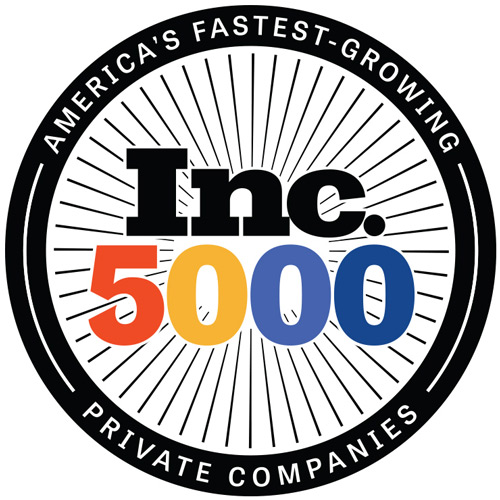Achieving Operational Excellence through BPM
- PM
- March 27, 2024
- Edited March 27, 2024
Table of Contents
In today’s rapidly changing business world, maintaining a competitive edge isn’t just beneficial; it’s essential. As technology progresses and the quest for efficiency becomes ever more critical, companies across the globe are turning to innovative strategies to streamline their operations and enhance productivity. Among these strategies, Business Process Modeling (BPM) emerges as a beacon of transformation, offering a blueprint for operational excellence. This comprehensive guide delves deep into BPM, shedding light on its fundamentals and providing a step-by-step approach to its successful implementation. Equipped with this knowledge, you’re poised to embark on a transformative journey that promises to revolutionize your business operations.
What is Business Process Modeling?
At its essence, Business Process Modeling is a systematic and analytical technique for visualizing, documenting, and improving the processes within an organization. Picture it as crafting a detailed map that captures the intricate flow of tasks and activities from start to finish within your business. This map not only illuminates the complexities of your operations but also paves the way for identifying inefficiencies and areas for improvement. Consequently, BPM empowers leaders to make strategic adjustments that enhance efficiency and contribute to the organization’s overall success.
The Critical Role of BPM
In the current business climate, the importance of BPM cannot be overstated. It acts as a key to unlocking clarity and efficiency within organizational processes. By diligently mapping out processes, BPM allows businesses to uncover and address hidden inefficiencies, setting the stage for continuous process improvement. Furthermore, it ensures quality control and adherence to regulatory standards. Moreover, BPM enhances interdepartmental communication by providing a shared understanding of process workflows, making it an indispensable tool for achieving operational excellence.
Embarking on the BPM Journey
To begin your BPM journey, it’s imperative to gain a deep understanding of your existing processes. This step involves engaging with team members, observing operations, and gathering data. The aim is to capture a comprehensive picture of how things currently operate, emphasizing observation over immediate change.
Choosing the Right BPM Tools
The efficacy of your BPM initiative greatly depends on the tools you select. The market offers a plethora of BPM software, each with its own set of features. When choosing a BPM tool, factors like user-friendliness, customization options, and collaborative capabilities should guide your decision. The ideal tool should not only meet your organizational requirements and budget but also facilitate the efficient mapping and optimization of business processes.
Mastering the Art of Process Mapping
With a thorough understanding of your processes and the appropriate tools in hand, you move on to process mapping. This crucial step involves creating visual representations of your business processes that balance detail and simplicity. Effective process maps clearly define each step, the roles involved, and the sequence of operations, ensuring that they are accessible and actionable for all stakeholders.
From Analysis to Process Enhancement
Next, with detailed process maps at your disposal, you delve into analysis. This stage focuses on identifying inefficiencies, redundancies, and error-prone areas within your processes. By critically evaluating each step for its necessity and efficiency, you can uncover opportunities for streamlining operations, reducing waste, and improving overall performance. This process may require exploring various improvement scenarios and adopting a proactive stance toward process optimization.
Implementing Changes
After identifying areas for improvement, the next logical step is implementation. This phase demands careful planning and communication, as well as incremental changes to minimize disruption. Crucially, involving your team in this phase ensures their buy-in and facilitates a smoother transition to more optimized processes.
Continuous Monitoring and Iteration
Importantly, BPM is not a one-off task but an ongoing endeavor. The business landscape is continually evolving, necessitating constant monitoring and adaptation of processes to maintain efficiency. A commitment to continuous improvement, underpinned by regular monitoring and feedback, is essential for keeping BPM a dynamic and valuable part of your strategic toolkit.
Conclusion
Business Process Modeling stands as a powerful methodology and strategic framework that equips organizations to navigate the complexities of modern business operations effectively. By embracing BPM, companies can achieve a profound understanding of their processes, pinpoint inefficiencies, and implement meaningful improvements. The path to operational excellence through BPM is iterative, demanding dedication, collaboration, and a forward-thinking mindset. As businesses evolve, BPM remains an essential instrument for fostering innovation, efficiency, and a competitive edge. Embrace BPM and unlock the potential to drive your business to new heights of success.
Read More:
Safeguarding Your Business

Jessica R.
Jessica is a seasoned GMP compliance consultant and technical writer specializing in pharmaceutical manufacturing, data integrity, and quality assurance. With over 12 years of experience working with global pharmaceutical firms, Jessica brings deep industry insights into FDA, EMA, and MHRA regulations.


